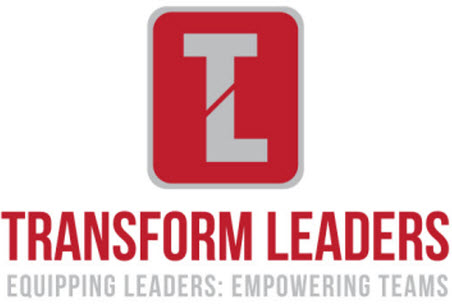
THE MOTIVATION TO IMPROVEÂ
There are all sorts of things that we wish we were better at. I guess that is why many of us make goals at the beginning of the year (how is that going for you?)
Every week I coach people who indicated that they want to improve in things like: being more organised, become less conflict averse, and managing their time better. They have a desire to get better. This is admirable, so do I!
I wish I was better at….maths. Throughout my school career I always struggled with maths. My parents got me tutoring to help me improve. Seems logical and supportive. Much to their disappointment and my embarrassment it didn’t help much and dented my confidence in my intellect.
This experience is replicated hundred of thousands of times throughout the world when we seek to improve’ those areas where our aptitude is lacking. It is also replicated in organisations when manager seek to improve’ those who work for them.
Let me be clear: I am committed to improvement and change. This is what Transform Leaders is all about. So what am I saying?
THE PROBLEMÂ
When our improvement efforts focus exclusively on what we are weak’ in, it is a road destined to be filled with frustration and failure.
John Maxwell explains it this way. If we are a 4 out of 10 in the skill of strategic thinking, if you work really hard you might move up to become a 6 out of 10. This is still only just above average. You don’t go out of your way for average. Do you drive across town to experience an average restaurant or an average haircut? No, you make an effort for people who are skilled and talented at their role. Average isn’t very compelling. However, if you are a 6 out of 10 in strategic thinking and you put effort in then you may move to an 8 or even a 9 out of 10. This is an exceptional standard. Exceptional makes for world class teams and organisations. When we can enable people to work within their strengths and keep developing them, we can create something truly magical.
I was with three organisations yesterday who were grappling with the skills needed to perform the role at an exceptional level. It is obvious that not all of the workers have the same strengths or level of skill. As they grappled they wondered if they could rejig the roles to be more specific and strengths orientated rather than forcing everyone to be a generalist.
THE POWER OF STRENGTHS
The best way to grow and develop is to identify how we most naturally think, feel, and behave — our talents — then builds on those talents to create strengths, or the ability to consistently deliver high performance.
In the extensive research by the Gallup organisation, they found that building on employees’ strengths is a far more effective approach to improving performance than trying to improve weaknesses. Read that sentence again, because it goes against everything we have been taught and do.
When employees know and use their strengths, they are more engaged, perform better, and are less likely to leave their company. Don’t believe me? Listen to what Gallup reports from their research.
“Gallup studied workgroups using strengths-based interventions to examine the effects those interventions had on workgroup performance. This study included 49,495 business units with 1.2 million employees across 22 organizations in seven industries and 45 countries. Gallup researchers examined six outcomes: sales, profit, customer engagement, turnover, employee engagement and safety. On average, workgroups that received a strengths intervention improved on all of these measures by a significant amount compared with control groups that received less-intensive interventions or none at all. Ninety percent of the workgroups studied had performance increases at or above the following ranges:
- 10% to 19% increased sales
- 14% to 29% increased profit
- 3% to 7% higher customer engagement
- 6% to 16% lower turnover (low-turnover organizations)
- 26% to 72% lower turnover (high-turnover organizations)
- 9% to 15% increase in engaged employees
- 22% to 59% fewer safety incidents
What’s more, almost seven in 10 employees (67%) who strongly agree that their leader focuses on their strengths or positive characteristics are engaged. When employees strongly disagree with this statement, the percentage of workers who are engaged in their work plummets to 2%.â€[1]
HOW TO FOCUS ON STRENGTHS AS A LEADER
If an employee can consistently answer the four questions below with a strongly agree’ then it means as a leader you are focusing on strength development not weakness development.
- Every week, I set goals and expectations based on my strengths.
- I can name the strengths of five people I work with.
- In the last three months, my supervisor and I have had a meaningful discussion about my strengths.
- My organization is committed to building the strengths of each associate.
Gallup tested these items using samples of the U.S. working population and discovered that 3% of employees could strongly agree with all four of the Strengths Orientation Index items. This low level of agreement shows, that the vast majority of businesses don’t focus on helping employees use their strengths – and this is a costly oversight. When employees feel that their company cares and encourages them to make the most of their strengths, they are more likely to respond with increased discretionary effort, a stronger work ethic, and more enthusiasm and commitment.
[1] Gallup….
